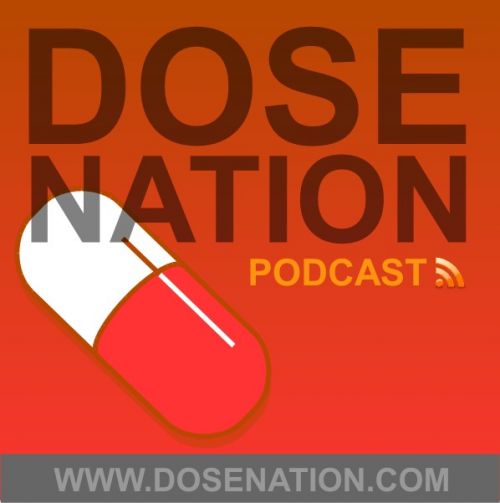A Candid Conversation with Antero Alli
ScottoAn interview with Antero Alli, artistic director of ParaTheatrical ReSearch. TRP: You mentioned that your paratheatrical research sessions can often induce altered states of consciousness that are very similar to those felt on psychedelic substances.
AA: Especially psylocybin. Granted, I'm no brain chemist, but I think this paratheatrical work can excite a more or less balanced interaction of neuro-transmitter serotonin and the more opiate based endorphins in the body/brain feedback loop. This can also happen through any successfully concentrated effort of feeling the body deeply while opening up to some authentic receptivity and intimacy with void, or what we call No-Form: that capacity for being nothing, or nobody. In the right proportions, this dynamic mix can incite a deep intuition for direct experience of the infinite, the archetypal and timeless realm of nonlocality through the body. When we go there, we take our bodies with us. This alone may be one of the chief differences between entering altered states under digested psychoactive agents and going there through the hard work of triggering the same brain chemistry via a psychophysical discipline such as these paratheatrical rituals.
Do you find that the groups you pull together for these research sessions already have a good amount of experience navigating through altered states, whether they be psychedelic states or otherwise?
It really varies; maybe half of those who've come to this work have navigated altered states using psychoactive substances but the other half have been surprisingly "drug-free." Since the physical levels of this work are fairly strenuous, those who are drawn to it tend to arrive with a history of healthy attitudes around their bodies — less self-denial around physicality, in other words. Without a ground of self-acceptance, it's almost impossible to do these rituals. Though people do this work for differing reasons, the chief start-up motive is to get high. In its initial phases this work can get you very high through various modes of active trance, kinetic ecstasy, emotional euphoria, and catharsis. This start-up hedonic motive often burns out after three or four sessions for most people. If no other reasons can be found or created for doing this work (besides getting high), people often quit from sheer frustration and/or boredom. Other motives might include levels of initiation, visionary states, inspiration, spiritual development, metaprogramming, and self-work, as Gurdjieff may have used that word (I am not part of any Gurdjieff group nor are these his rituals).
What role have psychedelics played with you personally over the years as your work has developed and evolved?
The hefty body of my pharmaceutical research occured between 1967 and 1976, with several hundred LSD journeys; add to this, perhaps several dozen peyote and mushroom trips. I stopped ingesting these agents when I began developing paratheatrical work in 1976 after realizing how these drugs were diminishing and distorting the natural sensitivity of my central nervous systems, especially the more subtle circuitry around the dendrites. I became motivated to restore that sensitivity for perceiving life's more subtle emanations, be that light, color, sound, sensation, or feeling. After several years of developing this ritual work I got my nervous system back, so to speak. Perhaps more important at the time, I found another way to get high and with minimal distortion. More recently, in 1996, I met ayahuasca. My journey was biased by the dismal fact of suffering from parasites (bad sushi ). After being told by someone I respected that ayahuasca acted as a powerful anti-parasitic agent, I chose to drink huasca as medicine. I heard about the visions but cared more about my physical health. I was also privileged to be in dense rainforests at the time and was guided to actually cut the vines, blow the tobacco smoke, pick the leaves and prepare the brew the day before the dozen of us drank it. Unlike any other psychoactive agent, ayahuasca acted on the gut and motor centers well before the heart and head centers. As a result, I was able to take my body with me when I went there. I was also healed of those pesky worm entities.
Have you considered the possibility of using psychedelics as part of the paratheatrical sessions, or do you see the need for a pretty strong separation?
I, personally, would not recommend mixing these levels at the same time and place. A powerful ritual, if approached with enough self-discipline, honesty and clarity of intent, is trigger enough for parting the veils. My opinion is that these ritual forms and processes can provide the kind of structure, or floor plan, to assist any multidimensional navigator to marshall their forces towards their deeper integration in the body. At the very least it can provide a critical sense of containment for what may be otherwise uncontainable, and thus prone to dispersion and fragmentation without a form or function to maintain it.
Tags : psychedelic
Rating : Teen - Drugs
Posted on: 2002-11-23 00:00:00
|

